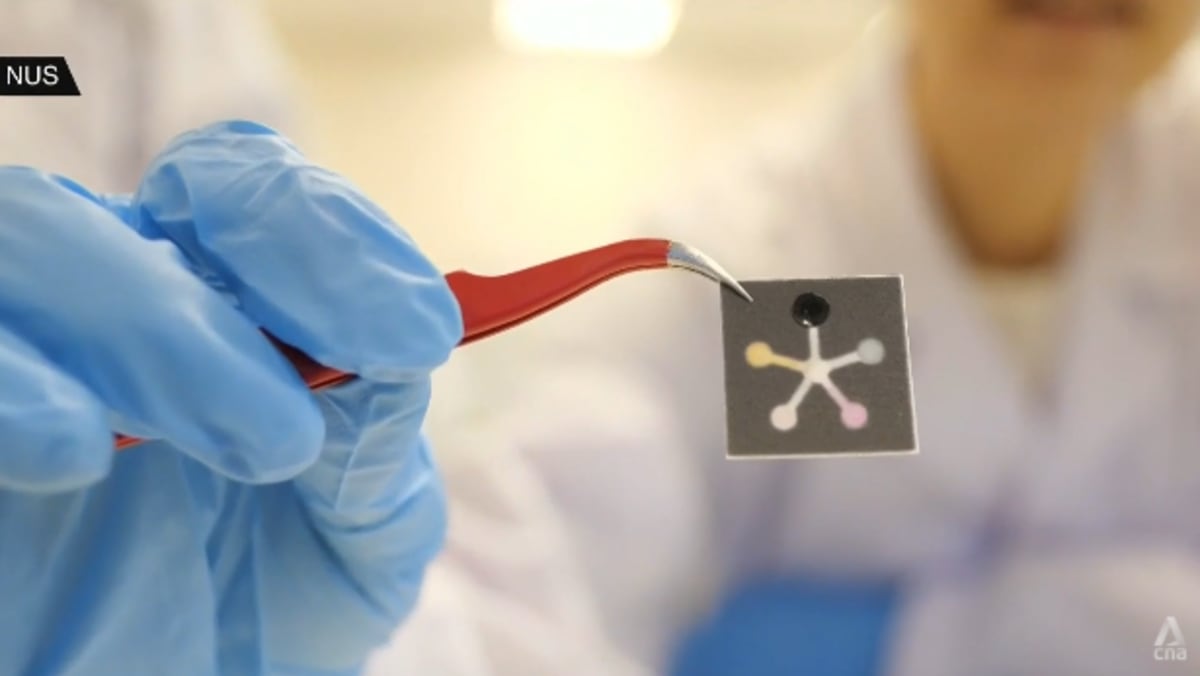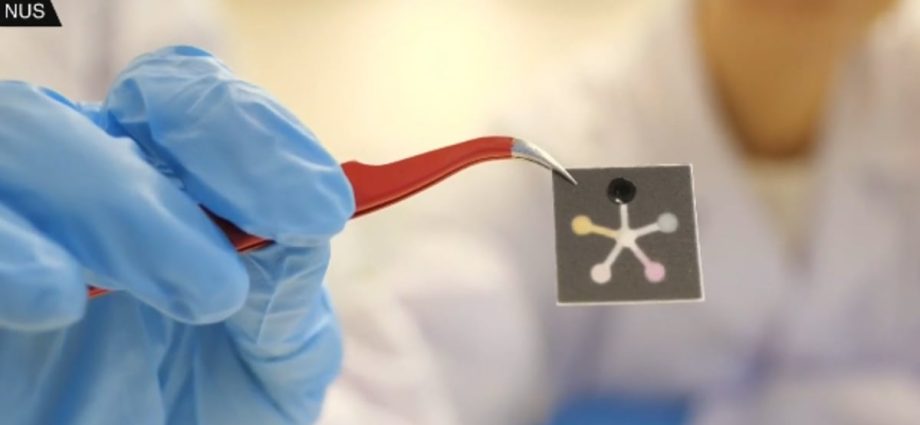
REVOLUNTIONALISING WOUND CARE
The team first studied the demand for such a product in hospitals, where they found different wound biomarkers were used to indicate various stages of the wound healing process.
Currently, wound infections are mostly diagnosed by swabbing, followed by a bacteria culture test, which involve lengthy wait time and multiple technologies.
This new skin patch aims to drastically simplify the procedure, and reduce the price tag.
“This is a low-cost technology because in one simple paper-based sensor patch, we have five different indicators,” said principal scientist Su Xiaodi.
“Traditionally, testing these five parameters rely on laboratory-based technologies, which take a long time and lots of facilities. Hence, this integrated, miniaturised sensor will potentially provide low-cost wound care.”
However, incorporating the different markers into one tiny paper patch, with each sensor made by different material and based on different sensing principles, was also one of the toughest parts of PETAL’s development.
“Our team has done lots of optimisation to make sure that each sensor can be functional,” said Dr Su, who is also the group leader at A*STAR’s Institute of Materials Research and Engineering (IMRE).
“By integrating them together, we will be able to provide a more holistic, effective and accurate assessment by the AI algorithm.”
After undergoing clinical trials, which could take another three years, researchers plan to introduce the patch to medical practitioners for usage on more severe injuries like chronic wounds.
Prof Tee said he hopes the product can eventually make it to shelves, so that consumers can use the technology on even minor cuts.
Ideally, the patches can help patients with a proper recovery process that will leave them scar-free, said researchers.

